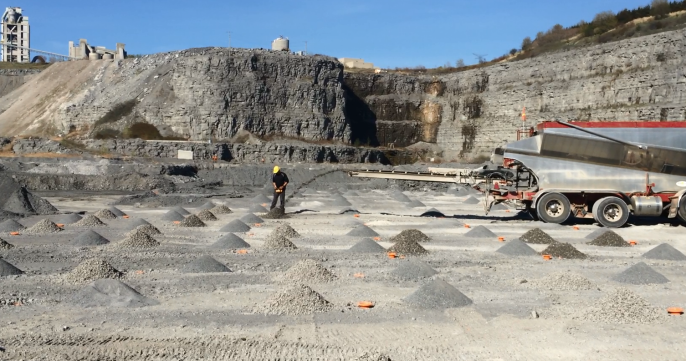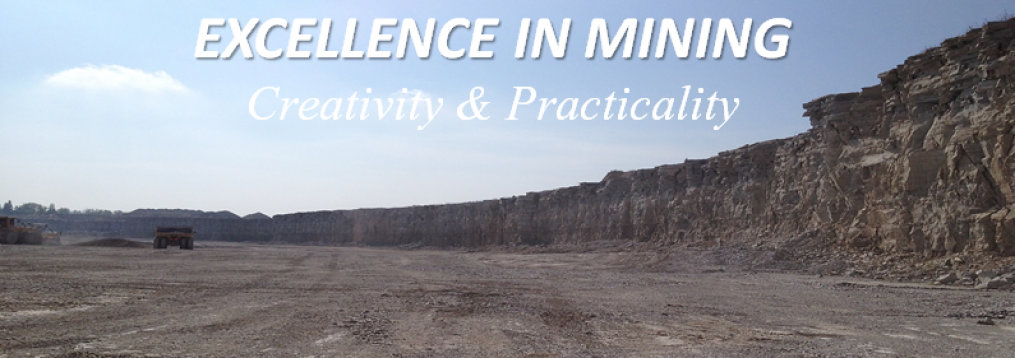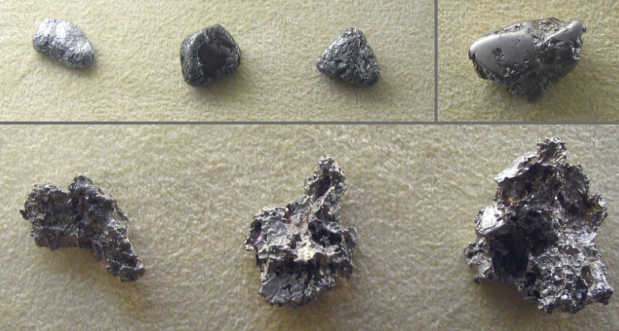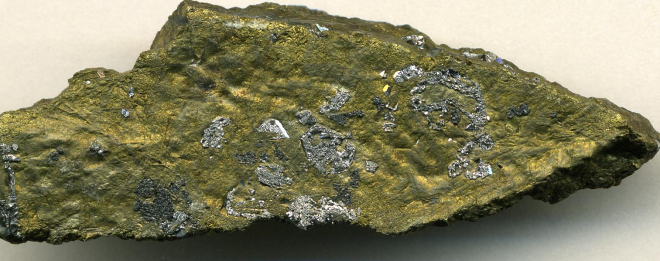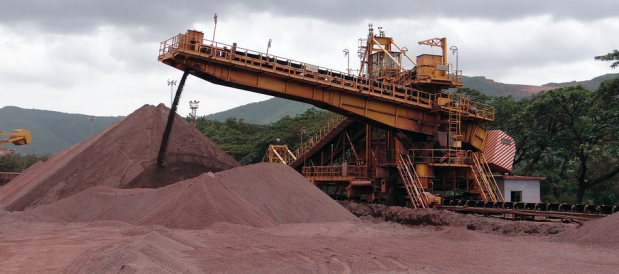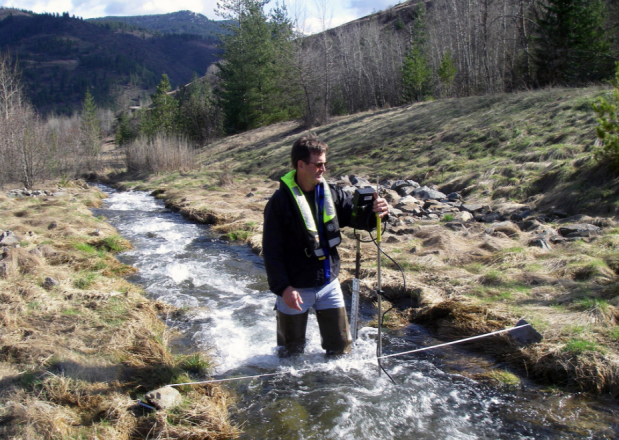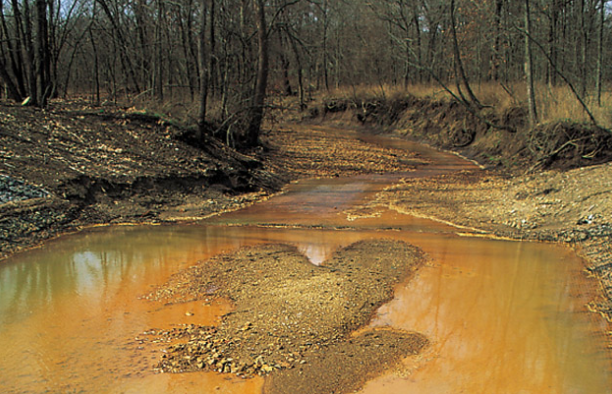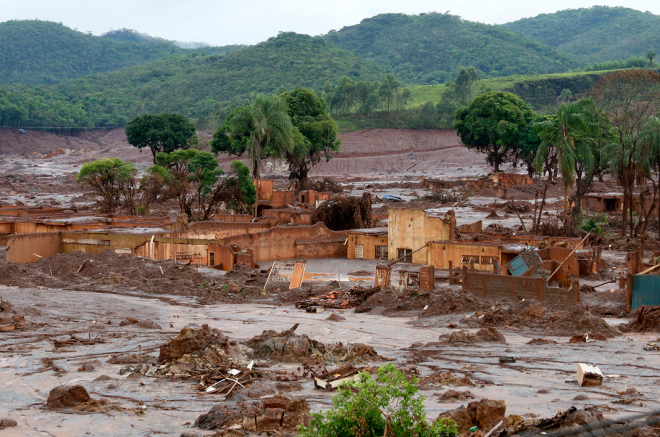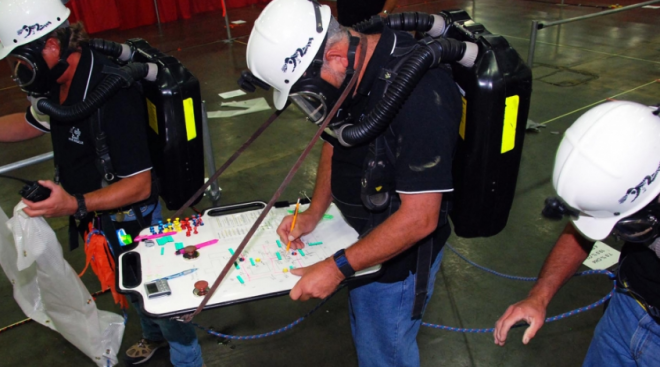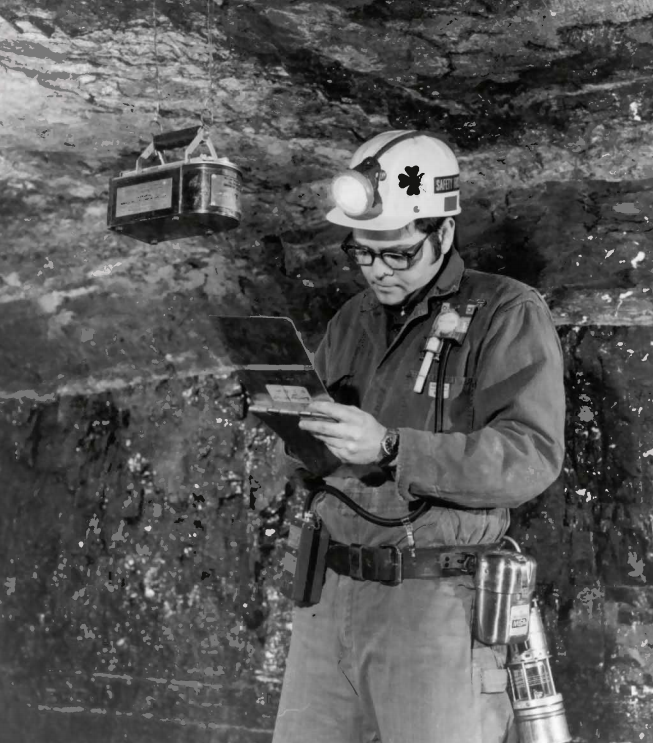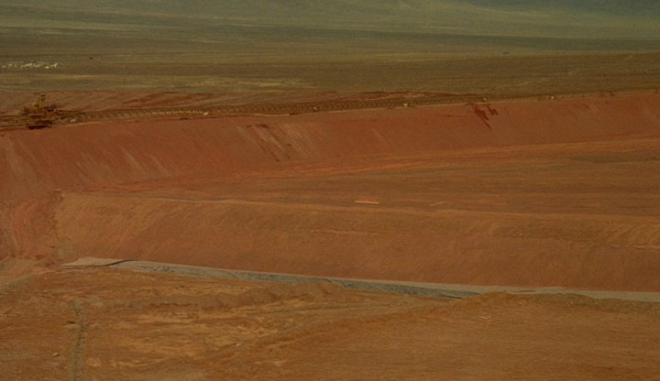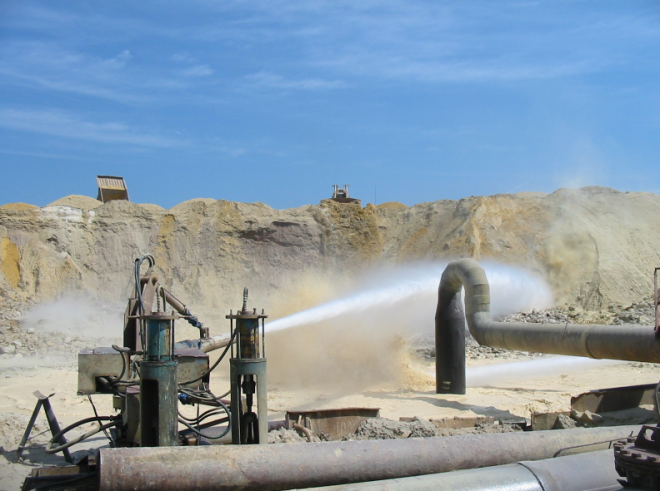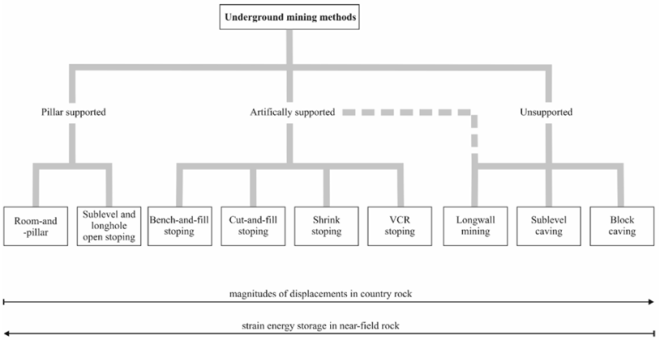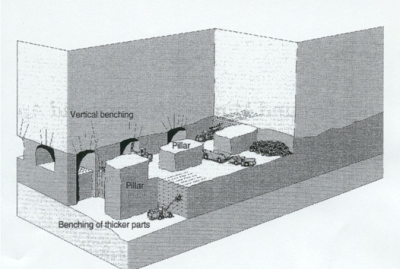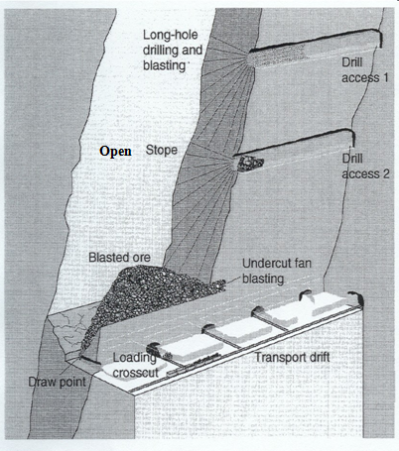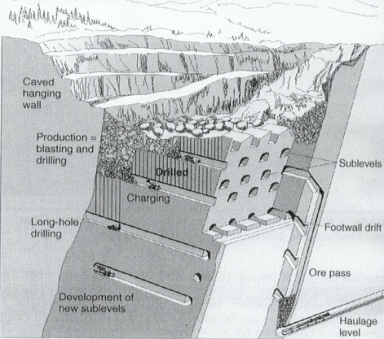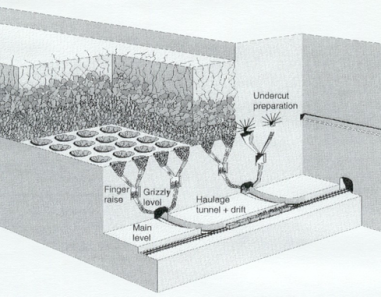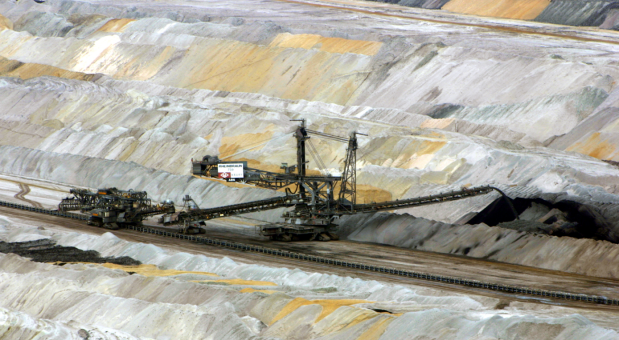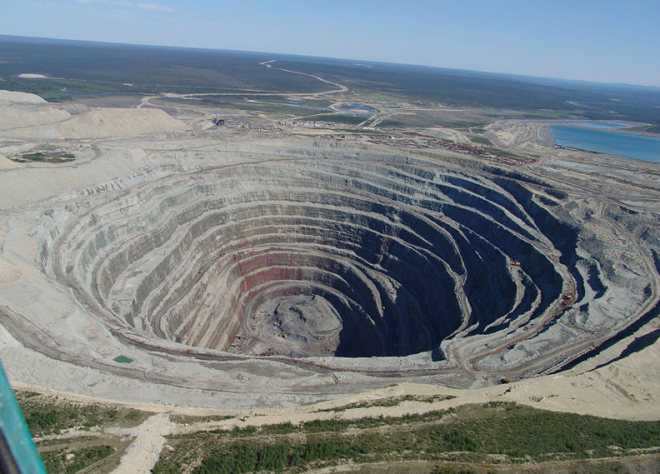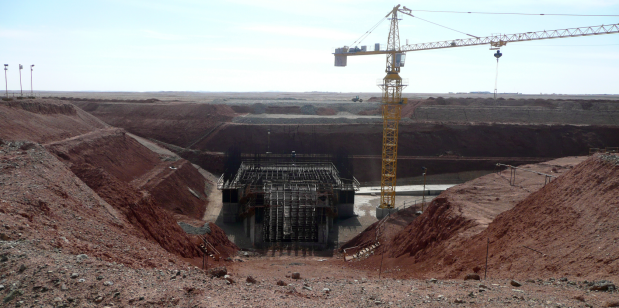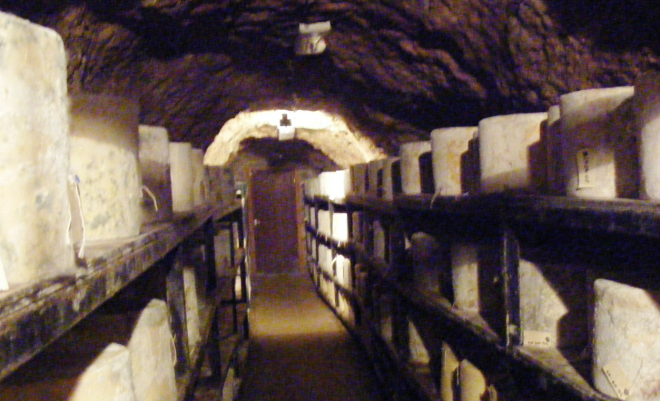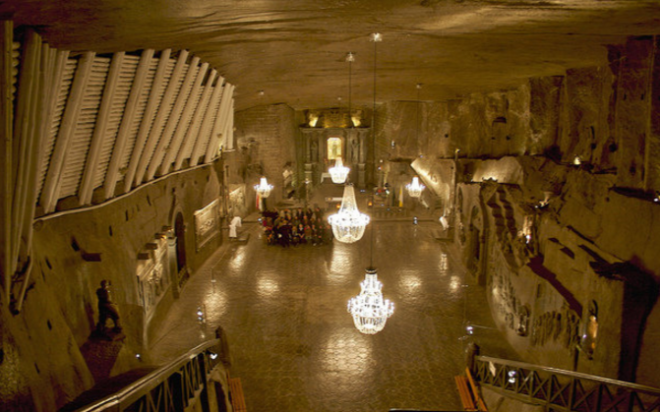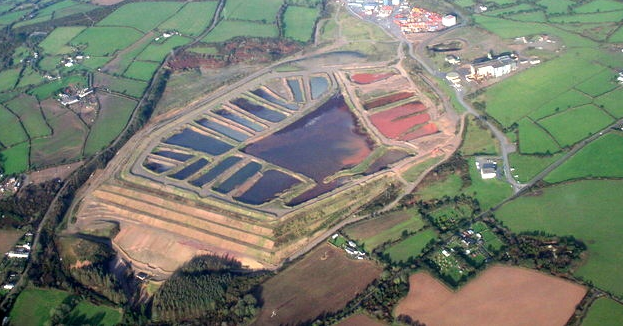Overview
Iron (Fe) is one of the most abundant rock-forming elements, constituting about 5% of the Earth’s crust. It is the fourth most abundant element after oxygen, silicon and aluminum and, after aluminum, the most abundant and widely distributed metal. Iron is indispensable to modern civilization and people have been skilled in its use for more than 3,000 years. However, its use only became widespread in the 14th century, when smelting furnaces (the forerunner of blast furnaces) began to replace forges. Iron ores are rocks from which metallic iron can be economically extracted. These rocks are usually found in the form of hematite (Fe2O3) or magnetite (Fe3O4). About 98% of world iron ore production is used to make iron in the form of steel (Adapted from Geoscience Australia, 2011).
Mining iron ore is a high volume and low margin business since the value of iron is significantly lower than other base metals. It is highly capital intensive, and requires investments in mining facilities as well as in infrastructure such as railways and harbor to facilitate the transport of iron ore (Adapted from Ou, 2012).
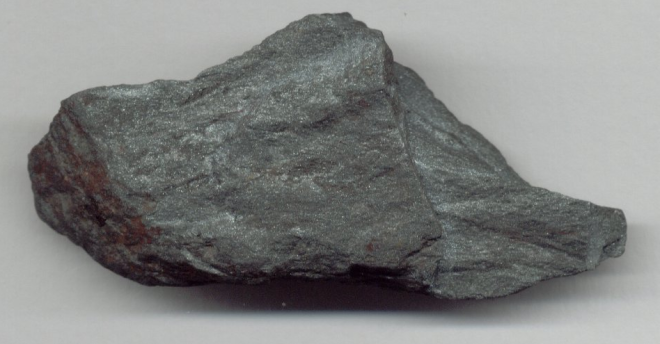
Figure 1: Massif Hematita – Iron Ore
Applications
Although iron in cast form has many specific uses (e.g. pipes, fittings, engine blocks) its main use is to make steel. Steel is the most useful metal known being used 20 times more than all other metals put together. Steel is strong, durable and extremely versatile. The many different kinds of steel consist almost entirely of iron with the addition of small amounts of carbon (usually less than 1%) and of other metals to form different alloys (e.g. stainless steel). Pure iron is quite soft, but adding a small amount of carbon makes it significantly harder and stronger. Most of the additional elements in steel are added deliberately in the steelmaking process (e.g. chromium, manganese, nickel, molybdenum). By changing the proportions of these additional elements, it is possible to make steels suitable for a great variety of uses (Adapted from Geoscience Australia, 2011).
Steel’s desirable properties and its relatively low cost make it the main structural metal in engineering and building projects, accounting for about 90% of all metal used each year. About 60% of iron and steel products are used in transportation and construction, 20% in machinery manufacture, and most of the remainder in cans and containers, in the oil and gas industries, and in various appliances and other equipment (Adapted from Geoscience Australia, 2011).
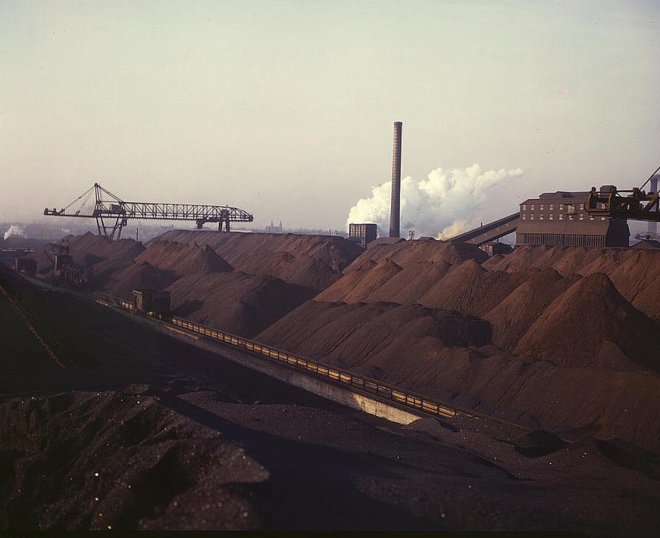
Figure 2: Stockpile of coal and iron ore, Detroit Michigan
Geology and Key Producing Regions
Although iron is present in most common rock types, it is generally uneconomic, or in forms that are not readily processed. Iron-ore deposits generally have >25 wt % Fe, usually in the form of hematite (Fe2O3), magnetite (Fe3O4), goethite (FeO(OH)), limonite (FeO(OH)•nH2O) or siderite (FeCO3). Iron-ore deposits are found in a wide range of igneous, sedimentary and metamorphic rocks. Examples of igneous iron ores include magnetite accumulations in mafic intrusions, as well as large deposits of probable magmatic–hydrothermal affinity, such as Kiruna in Sweden. However, most (>90%) of global iron-ore production comes from iron-rich cherty sedimentary rocks and their metamorphic or supergene derivatives, grouped under the general term ‘iron formations’. Iron formations are stratigraphic units of bedded or laminated sedimentary rocks or layered metasedimentary rocks with >15% Fe. They can be subdivided into two main types, based on their tectonic settings, associated rocks, and depositional environment. Algoma-type iron formations are associated with submarine-emplaced volcanic rocks, especially in greenstone belts. Lake Superior type iron formations formed on continental-margins, without direct relationships with volcanic rocks, and are typically much larger than Algoma-type iron formations. Lake Superior-type iron formations are most common in Precambrian sedimentary successions, with peaks in iron sedimentation between ~2.65 and 2.32 billion years ago (Ga) and again from ~1.90 to 1.85 Ga (Adapted from Conliffe, Kerr and Hanchar, 2012).
Iron ore is mined in about 50 countries. China was the leading global producer of iron ore, accounting for 47% of iron ore production by gross weight (29% by metal content), followed by Australia, Brazil, and India. Australia and Brazil together dominate the world’s iron ore exports, each having about one-third of total exports (U.S. Geological Survey, 2016).
Mining and Processing (Adapted from U.S. EPA, 1994).
Iron ore is almost exclusively mined by surface operations. The most predominant surface mining methods used for mining of iron ores are open pit mining methods and open cut mining methods. Overburden and stripping ratios are important in determining whether a deposit will be mined. The stripping ratio describes the unit of overburden that must be removed for each unit of crude ore mined. These ratios may be as high as 7:1 (for high-grade wash ores) or as low as 0.5:1 (for low-grade taconite ores).
However a few underground iron ore mines are also in operation around the globe (e.g. caving and s Stripping ratios increase with the quality of the ore being mined and cost factors related to beneficiation and transportation.
Most beneficiation operations will result in the production of three materials: a concentrate; a middling or very low-grade concentrate, which is either reprocessed (in modern plants) or stockpiled; and a tailing (waste), which is discarded.
Primary Milling operations are designed to produce uniform size particles by crushing, grinding, and wet or dry classification. Secondary milling (comminution) further reduces particle size and prepares the ore for beneficiation processes that require finely ground ore feed.

Figure 4: Carajas Mine, Brazil
Beneficiation processes includes:
- Magnetic separation is most commonly used to separate natural magnetic iron ore (magnetite) from a variety of less-magnetic or nonmagnetic material;
- Flotation is a technique where particles of one mineral or group of minerals are made to adhere preferentially to air bubbles in the presence of a chemical reagent. This is achieved by using chemical reagents that preferentially react with the desired mineral;
- Gravity concentration is used to suspend and transport lighter gangue (nonmetallic or non-valuable rock) away from the heavier valuable mineral. This separation process is based primarily on differences in the specific gravities of the materials and the size of the particles being separated;
- Agglomeration is used to combine the resulting fine particles into durable clusters. The iron concentrate is balled in drums and heated to create hardened agglomerate. Agglomerates may be in the form of pellets, sinter, briquettes, or nodules;
Large scale iron ore smelting are used for producing pig iron. In this process ore is put into a blast furnace along with limestone and coke and subjected to hot air blasting and heat which converts the ore to molten iron. This is tapped from the bottom of the furnace into molds known as pigs.
Key Issues
Waste materials generated as a result of open pit mining include overburden, waste rock, and mine water containing suspended solids and dissolved materials. Other waste materials may include small quantities of oil and grease spilled during extraction. Mine water contains dissolved or suspended constituents similar to those found in the ore body itself. These may include traces of aluminum, antimony, arsenic, beryllium, cadmium, chromium, copper manganese, nickel, selenium, silver, sulfur, titanium and zinc etc. (Adapted from Satyendra, 2014).
The beneficiation of iron ore typically occurs in a liquid medium. In addition, many pollution abatement devices use water to control dust emissions. At a given facility, these techniques may require between 600 and 7,000 gallons of water per ton of iron concentrate produced, depending on the specific beneficiation methods used (Adapted from U.S. EPA, 1994).
The need for the disposal of iron ore tailings in an environmentally friendly manner is of great concern (Adapted from Ghose and Sen, 2005).
Market
As a basic ingredient in the production of steel, iron ore is generally viewed as a cyclical commodity, sensitive to changes in global economic conditions. As a global commodity, the prices of iron ore typically fluctuate with changes in worldwide industrial demand. Globally, price reductions continued for seaborne iron ore in 2015 as steel production in China decreased and projects to increase iron ore production capacity continued, primarily in Australia and Brazil. Production, by gross weight, in Australia and Brazil increased by 112 million tons in 2013 and by 116 million tons in 2014, and was estimated to increase by 67 million tons in 2015. Global steel demand was forecast to decrease by 1.7% in 2015, following an increase of 0.7% in 2014. The monthly mean price of iron ore fines at 62% iron content at Tianjin Port, cost and freight, fell from the 5-year high of $187.18 in February 2011 to $56.43 in September 2015, the most recent date for which prices were available. As a result of lower prices, an estimated 200 million tons of iron ore capacity was idled between 2014 and 2015, most notably in Australia, Brazil, Canada, China, Sweden, the United States, and western Africa. Additional capacity was expected to be brought online during the next 5 years, with the largest capacity increases among the top four miners to reach 40 million tons in 2016 and 60 million tons in 2017 (U.S. Geological Survey, 2016).
Recently, “Goldman has lifted its three-month target to $US 50 a tonne from $US 45 a tonne previously, saying port stockpiles remain at historically low levels. The bank also lifted its six-month target to $US 40, from $US 35”. Have we reached the bottom of the cycle?
Kind regards,
Ronaldo
Follow me on twitter @rcrdossantos
References:
Geoscience Australia “Australian Atlas of Minerals Resources, Mines and Processing Centres”, Australian Government, Commonwealth of Australia (2011). Last accessed on 07/29/2016 at http://www.australianminesatlas.gov.au/education/fact_sheets/iron.html
Ou, L. “China’s Influence on the World’s Iron Ore Market – A Supply-Side Perspective”. Undergraduate Honors Thesis, Department of Economics, University of California, Berkeley (2012).
U.S. Geological Survey, 2016. “Mineral Commodity Summaries”. U.S. Department of the Interior. (January, 2016). Last accessed on 07/29/2016 at http://minerals.usgs.gov/minerals/pubs/commodity/iron_ore/mcs-2016-feore.pdf
Satyendra “Mining of Iron Ores”, ISPAT Website, (March, 2014). Last accessed on 07/29/2016 at http://ispatguru.com/mining-of-iron-ores/
U.S. EPA “Extraction and Beneficiantion of Ores and Minerals – Volume 3 – Iron”, Technical Resource Document, United States Environmental Protection Agency. Washington, DC, USA (1994).
Conliffe, J., Kerr A. and Hanchar, D. “Mineral Commodities of Newfoundland and Labrador – Iron Ore” Geological Survey Mineral Commodities Series, Number 7, Newfoundland Labrador Natural Resources, Canada. (2012).
Ghose M. and Sen, P. K. “Environmentally safe design of tailing dams for the management of iron ore tailing in Indian context”. Journal of Environment Science and Eng. 2005 October; 47(4):296-303.
Photos Credit:
Feature: Mining Iron – Transport Conveyor Iron. Author: Sarangib
Figure 1: Massif hematite (5×7 cm). Iron ore. Author: Eurico Zimbres FGEL/UERJ
Figure 2: Hanna furnaces of the Great Lakes Steel Corporation, stock pile of coal and iron ore, Detroit, Mich. Author: Arthur S. Siegel, 1913-1978, photographer.
Figure 3: Mount Whaleback Mine Author: Graeme Churchard from Bristol, UK
Figure 4: Carajas Mine, Brazil. Author: NASA Earth Observatory
Figure 5: Iron ore train in Pilbara region, Western Australia. Author: Geez-oz


![]() See interesting link below:
See interesting link below:
![]() See interesting link below:
See interesting link below:
![]() See interesting link below:
See interesting link below:![]() See interesting links below:
See interesting links below:![]() See interesting link below:
See interesting link below: